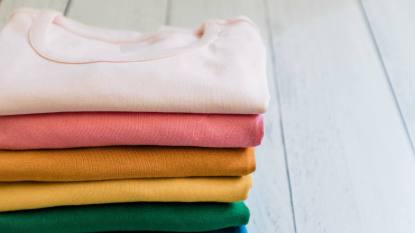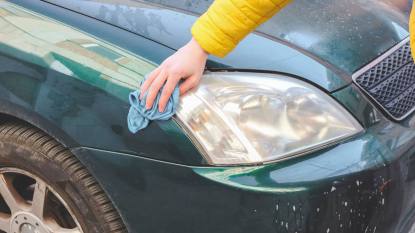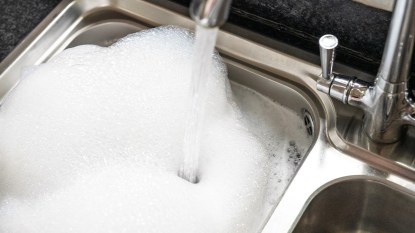How to Get the Inside of Your Dishwasher Squeaky Clean: Pros’ Tricks Make It Easy!
Plus, the denture cleaner hack that gets rids of build up!
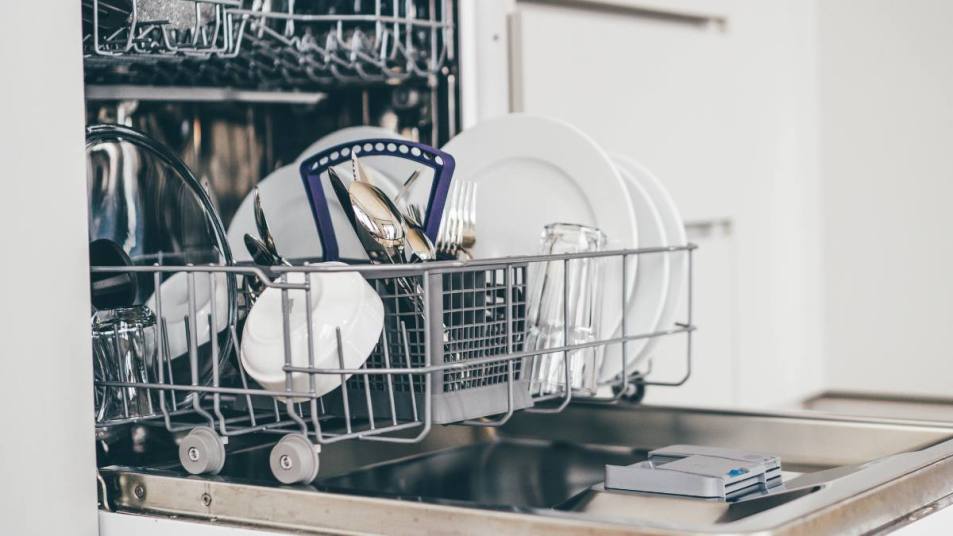
It seems like cleaning a dishwasher is an unnecessary task, right? After all, it runs with hot water and soap regularly to clean the dishes we eat from. But the truth is, your dishwasher is one of the dirtiest appliances in the kitchen. In fact, according to one study, 62% of dishwashers had some form of fungi, while 56% had a slimy black yeast, typically on the door seal. And Mildew and mold were also present in a large number of dishwashers tested. Gross! Because these machines are indispensable kitchen appliances, we talked to experts to get their tips on the best way to clean the inside of a dishwasher.
Signs you need to clean the inside of a dishwasher
Visible food particles left on your dishes after they’ve been through a cycle or food debris leftover in the bottom of the machine after it’s been run are clear indications that it’s time to clean your dishwasher, says Kellsie Zapata of Zapata’s Cleaning Service, a deep-cleaning expert and social media content creator in Georgia. Other signs that it’s time for a deep cleaning: dishes that just don’t feel clean even after they’re washed, cloudy glassware, a dishwasher that’s coated with a film or that smells like rotten food or mold, or the presence of gnats around your dishwasher.
The best way to deep-clean the inside of a dishwasher
If you’re looking to do a simple cleaning, these 5 steps should suffice:
1. Remove moveable parts
First, remove the bottom dishwasher rack, the filter (if yours is removable) and the bottom tray that sits around the dishwasher, says content creator Brandon Pleshek, who has 20 years of experience in his family’s Wisconsin cleaning business. “Give the filter and surrounding tray a quick rinse, and then fill your kitchen sink with warm water, about a cup of white vinegar, and a squirt of Dawn dish soap, and let them soak for a bit.”
2. Clean the rubber seal
Then, while the filter is soaking, concentrate on the rubber seal that runs around your dishwasher’s door. That seal is meant to keep the water inside the dishwasher and has folds that help it do just that. “Unfortunately, those creases can also tend to get a buildup of gunk and mold,” says Zapata. “Use hot water with a little vinegar and a soft bristle scrub brush or toothbrush, and scrub the crevices and cracks around the rubber seal.” Once the seal is clean all the way around, use a microfiber cloth to wipe it dry.
3. Focus on the inside
Spray the inside of the dishwasher, including the detergent tray, spray arms, walls, interior door, and bottom, with a mix of one cup white vinegar, one cup water and 1 tsp. of Dawn dish soap, says Pleshek. “Then remove the vent cover and let it soak with the filter, and wipe the vent out with the cleaner.” Wipe the rest of the interior down with a microfiber cloth, making sure to pick up any debris you see in the bottom of the dishwasher. “If you notice anything stuck inside the water holes in the spray arms, use a toothpick or a piece of wire to poke it out,” says Zapata.
4. Scrub and rinse the filter and vent cover
Once the filter has been sitting in warm water for a bit, use a soft toothbrush or other brush and warm water to finish cleaning both it and the surrounding tray before placing them back inside the dishwasher. Be sure to lock the filter into place. (Consult your owner’s manual for filter location as well as direction to turn to lock and unlock.) Then scrub and replace the vent cover as well.
5. Run a cleaning cycle
Depending on how dirty the inside of the dishwasher is and on what problems you may be facing, you have several options for your deep clean. One of the cheapest and most effective is to pour one cup of white vinegar into a bowl, set the bowl on the top rack of the dishwasher, and run a long, hot wash cycle. Once that’s complete, sprinkle about a cup of baking soda over the bottom of the dishwasher and run a second wash cycle. “The vinegar basically steam cleans your dishwasher, and the baking soda will work at lifting any grime or nastiness left in the bottom,” says Zapata.
Related: 10 Brilliant Uses for Baking Soda All Around the House
See Pleshek’s YouTube video on how to clean a dishwasher here:
How to clean a dishwasher if there’s soap scum and buildup
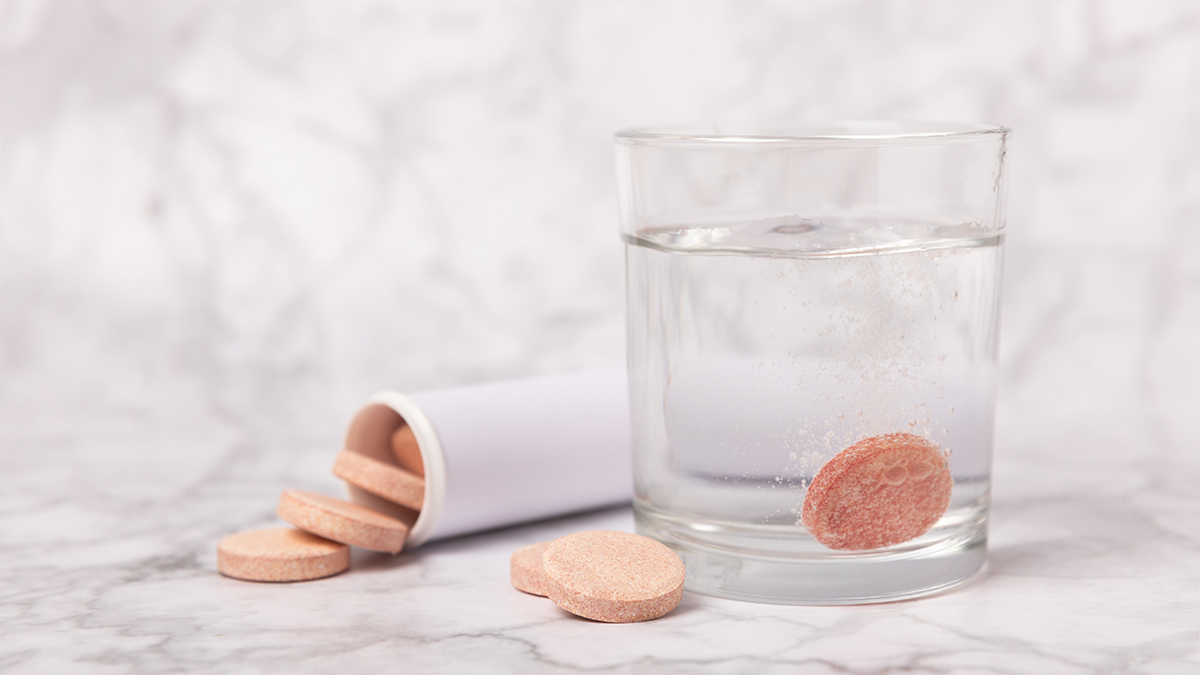
“Throw a denture cleaning tablet like Efferdent into the bottom of the dishwasher and run a hot cycle,” says 40-year cleaning veteran Gayla McCulloch of Gayla’s Cleaning Service in Dallas, Texas. “It works better than vinegar at removing soap scum,” she says. That’s because it’s meant to break down and then essentially bleach away buildup on dentures. She notes that you may have to run it two or three times, depending on how bad the buildup is.
What to do if you have spotty or smelly glasses
Spots or a lingering odor or film on glasses could be caused by hard water, says McCulloch, and you might have to switch types of detergents. While liquid pods work better in soft water, powdered detergent actually works better in hard water, but it only dissolves in hot water. Using a good rinse aid — either vinegar or a commercial one — can also help dishes rinse cleaner, says Zapata.
How to clean the inside a dishwasher if there are gnats
“Gnats are usually a sign of stagnant water,” says McCulloch, who suggests canceling the wash cycle to drain the water out once the dishwasher has run through its cycle. “And then leave the door open to air it out.”
What to do if there’s a musty or sour odor
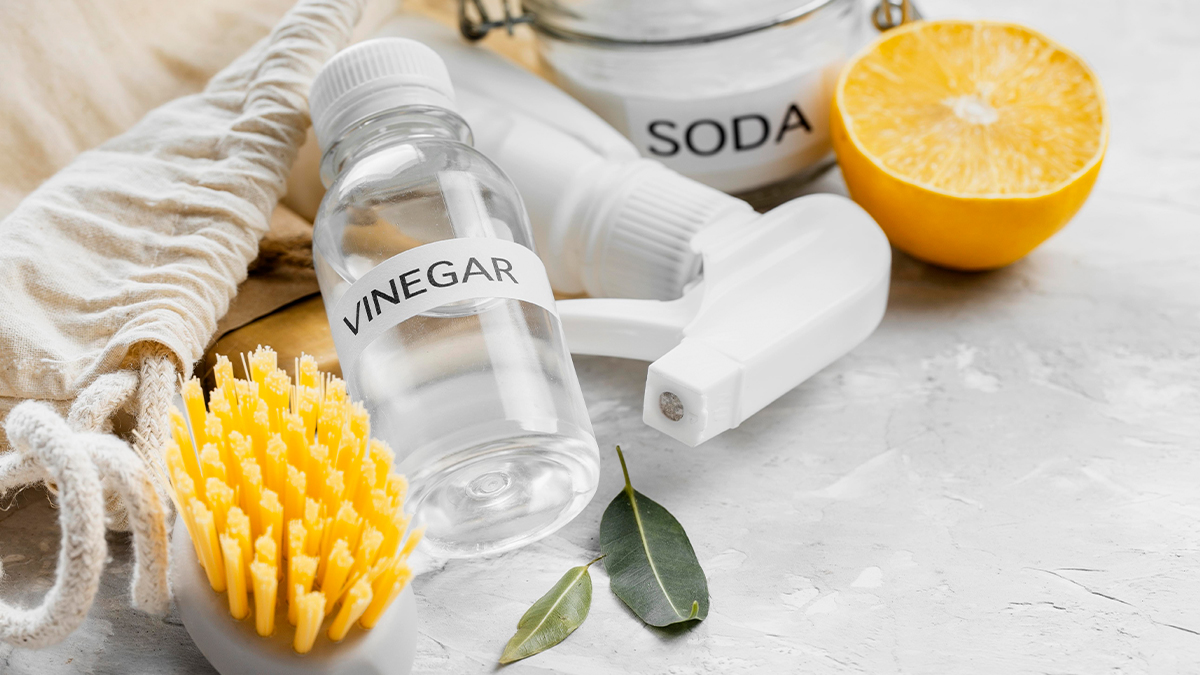
“Both baking soda and lemon juice should work to neutralize any odors coming from your dishwasher,” says McCulloch. Add about a ¼ cup of lemon juice to the vinegar used in the first wash cycle. Then follow with the baking soda step described above. “The lemon juice is an acid, so it will help to break down any leftover food particles causing the smell.” If the odor is really bad, you can also use a four-to-one mixture of water and bleach as long as your dishwasher isn’t stainless steel, notes McCulloch, as bleach will damage stainless steel appliances.
How to clean the outside of your dishwasher
Pleshek recommends using liquid Bar Keepers Friend or Bar Keepers Friend More Spray used with a nonabrasive sponge to get the outside really clean and to remove any spots or fingerprints. And then a follow-up with a rinse and buff dry with a microfiber cloth for best results. See his Clean That Up Instagram post here for results:
The best time to clean your dishwasher
Just like any other appliance in your home, if you want to get the most use out of your dishwasher, and you want it to last for a good amount of time and do its job properly, you have to clean it, says Zapata. “Think of it in the same way as doing maintenance on your car — routine and necessary,” she says. Here’s how often:
“If your dishwasher is run once a day, a once-a-month deep cleaning will be enough,” says Zapata. If you use a lot of dishes and run your machine twice a day or more you’ll need to plan a deep clean on a twice-monthly basis. Additionally, people who have very hard water and those who don’t run their dishwashers frequently may also need to deep clean on a twice-monthly basis.
If you’ve used your dishwasher to clean, say, hair or makeup brushes, you’ll want to give it a good scrub down afterward to make sure you’ve cleaned away any non-dish germs or residue.
Dishwasher hacks to get your dishes even cleaner
Skip the rinse: “While you do need to scrape off excess food, your dishes do not need to be rinsed 100% off before you put them in the dishwasher,” says Zapata. “The dishes actually get cleaner if there’s a little residue for the detergent to cling to.” That’s because the enzymes in the dish detergent are designed to attack soil, and if there’s nothing there for them to attach, they won’t work as well.
Load smarter: To get dishes as clean as possible, they should be loaded with larger items around the outside and smaller items on the inside with space in between so that water and detergent can flow freely. And don’t load really dirty items on the upper racks in the corners. That’s where the cleaning power is weakest. See this appliance-store video on how to load a dishwasher:
Separate silverware: Load forks and spoons with the business end up and alternate so they don’t “spoon” with each other and prevent cleaning.
Be mindful of how much detergent you’re using: Strong, modern detergents are meant to get dishes clean, and you may not need as much as you think, says Zapata. If you can see or smell detergent on your clean dishes, you’re likely using too much. Try dialing down the amount you’re using in small increments until you get the results you want.
For more kitchen cleaning tips, click through the links below!
How To Clean Kitchen Cabinets Without Damaging Them
The Best Way To Remove Smells From a Kitchen Drain + How To Unclog a Slow-Draining One
The Surprise Cleaning Duo That Leaves the Glass on Electric Stove Tops Sparkling





